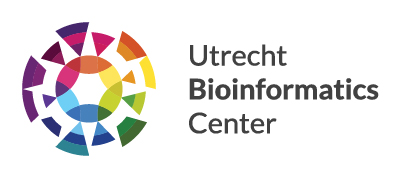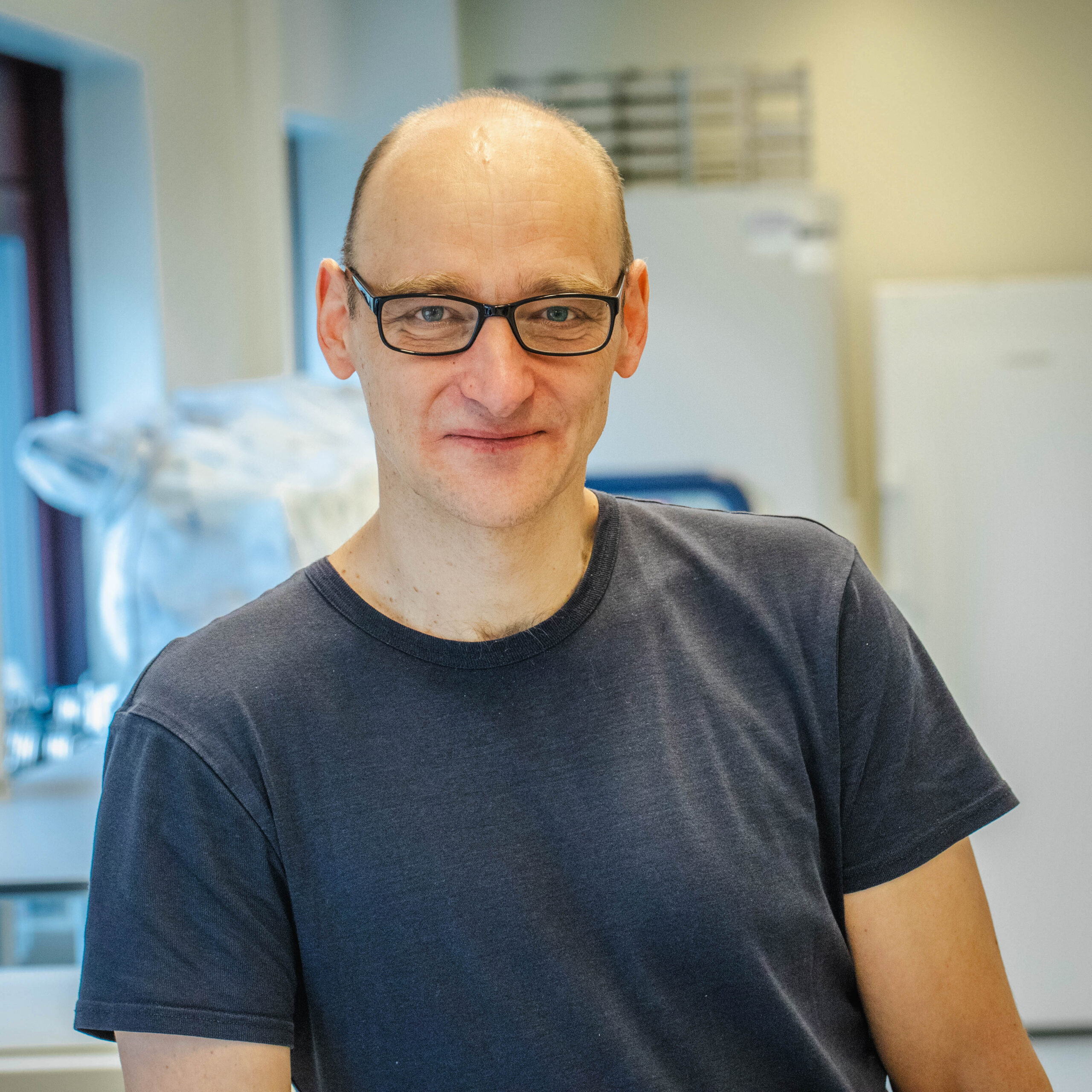What makes HU’s approach unique compared to other UBC members?
At the ILC, we educate what we like to call hybrid analysts: students who are strong both in the lab and in data analysis. They can pipette, culture cells, and work with biological models. But they can also program, manage data, and analyze complex datasets. That dual skill set is something we see as crucial for the future of life sciences, and something that sets our students apart.
How did you build up bioinformatics at your institute?
I’m originally a biologist, but about ten years ago I started teaching here at HU. Back then, bioinformatics and data science education was limited to only a few courses. Since then, together with the lectorate, we’ve built up a dedicated data science team within the Institute for Life Sciences & Chemistry. Our goal is to ensure that every student, whether or not they specialize further, graduates with a solid foundation in data science.
How is data science now integrated into the curriculum?
From year one, our students learn programming and data management. In year three, we offer project-based education where students tackle real questions from external partners. That’s where collaboration with UBC members comes in. Students learn to communicate with an external client, define research questions, and deliver tangible results. We’ve already seen how motivating it is for them to work on real problems.
What can HU offer to other UBC members?
We bring motivated students, who are eager to contribute to ongoing research. Behind them stands a dedicated data science team of lecturers with expertise in programming, next-generation sequencing, and increasingly in AI and machine learning. We also have our own education servers and computing facilities to support projects.
What makes us stand out is our applied, practice-oriented perspective. We train students to tackle real-world problems and to bridge the gap between the lab and data analysis.
What kind of collaborations are you interested in?
We are particularly interested in long-term partnerships, where both sides can build continuity and depth. Input from UBC members on the latest questions and technologies is very welcome, as it helps us keep our curriculum closely aligned with developments in the field. We are eager to collaborate on student projects and internships within UBC groups.
We see great potential in joining research and grant proposals. We can contribute an applied and practice-oriented expertise that many funding schemes now emphasize. In recent years, we have been successful in grant applications on topics such as AI tools, imaging techniques, and alternatives to in vivo models. But our scope certainly extends well beyond these examples.
The ILC also has its own research groups. How do they connect?
Within our institute we have applied research groups, called lectorates. For example, we’re active in developing alternatives to animal testing (https://site.ombion-cpbt.nl/), predictive toxicology using AI (https://platform.vhp4safety.nl/), and image analysis pipelines (https://www.umcutrecht.nl/nieuws/imagine-van-start). Some of these projects already have substantial external funding. So, there are definitely opportunities to connect our research lines to the expertise of other UBC members.
Finally, what do you personally look forward to in joining UBC?
I hope our students and staff can become part of a broader community, learning from cutting-edge research, while also showing the value of applied science and education. I think we can bring a practice-oriented and hands-on perspective into UBC collaborations.
For further questions, contact Chris van Oevelen (chris.vanoevelen@hu.nl)
Learn more about bioinformatics at HU University of Applied Sciences during the UBC Symposium on Friday 7 November, 2025. Chris van Oevelen and Marie Corradi will highlight bioinformatics education and research from the Institute for Life Science & Chemistry, and share examples of collaboration opportunities.

